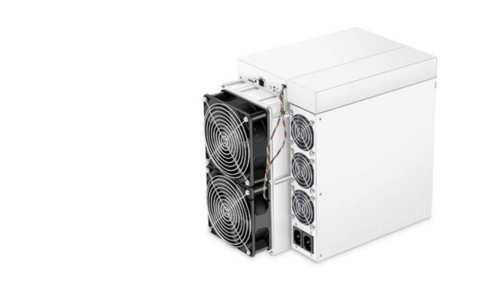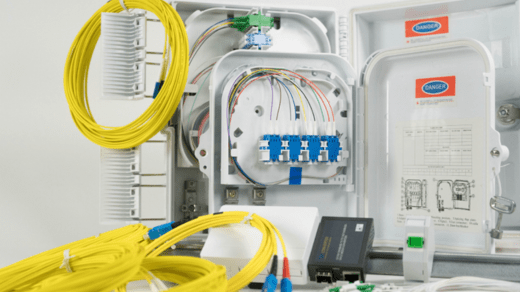how to prime fuel water separator
Priming a fuel water separator is essential to ensure the proper functioning of a diesel engine’s fuel system and to remove any water or air that may have entered the system. Here are the steps to prime a fuel water separator:
Tools and Materials You’ll Need:
- Screwdriver or socket wrench (if needed)
- Clean rags or paper towels
- A container to catch any spilled fuel
Steps to Prime a Fuel Water Separator:
- Safety First: Ensure that the engine is off and the key is out of the ignition to prevent accidental starts. Additionally, wear safety goggles and gloves to protect yourself from diesel fuel splashes.
- Locate the Fuel Water Separator: The fuel water separator is typically a cylindrical or bowl-shaped filter housing with two fuel line connections, one leading from the fuel tank and the other going to the engine’s fuel system.
- Inspect the Fuel Lines: Check the fuel lines for any signs of damage, cracks, or leaks. If you find any issues, it’s important to replace or repair them before priming the separator.
- Identify the Primer Pump (if equipped): Some fuel water separators have a built-in primer pump that you can use to manually prime the system. The primer pump is typically a rubber or plastic button that you can press to force fuel into the system.
- If You Have a Primer Pump:
- Press the primer pump several times until it becomes firm. You should feel resistance when pressing it. This action forces fuel into the fuel water separator and the downstream fuel system, removing any air and water.
- If there is a bleed screw or vent on the separator housing, open it slightly to allow air to escape as you prime the system. Close the bleed screw once fuel without air bubbles is coming out.
- If You Don’t Have a Primer Pump:
- If your fuel water separator doesn’t have a built-in primer pump, you can use a hand-operated priming pump, which is a separate tool that connects to the system. Connect the priming pump to the fuel line between the fuel tank and the separator.
- Use the hand-operated priming pump to draw fuel from the tank and into the separator. Pump it until you feel resistance, indicating that the system is primed.
- If there is a bleed screw or vent on the separator housing, open it slightly to allow air to escape as you prime the system. Close the bleed screw once fuel without air bubbles is coming out.
- Check for Leaks: After priming the fuel water separator, inspect the entire fuel system, including the fuel lines and connections, for any signs of fuel leaks. If you find any leaks, address them immediately.
- Start the Engine: Once you’ve primed the fuel water separator and checked for leaks, you can attempt to start the engine. It may take a few moments of cranking for the engine to start as the primed fuel is drawn into the engine’s fuel system.
- Monitor the Engine: After the engine starts, let it run for a few minutes and check for any unusual noises or performance issues. Continue to monitor for fuel leaks during operation.
Properly priming the fuel water separator ensures that your diesel engine’s fuel system is free from air and water contamination, which can lead to fuel delivery issues and engine damage. Regularly check and maintain the fuel water separator to keep your engine running smoothly.
Also Read:
https://fastspotter.com/how-to-remove-generator-from-engine-shaft/
https://fastspotter.com/how-to-remove-glock-mag-base-plate/
https://fastspotter.com/how-to-remove-glock-magazine-base-plate/
https://fastspotter.com/how-to-remove-glock-trigger-shoe/






